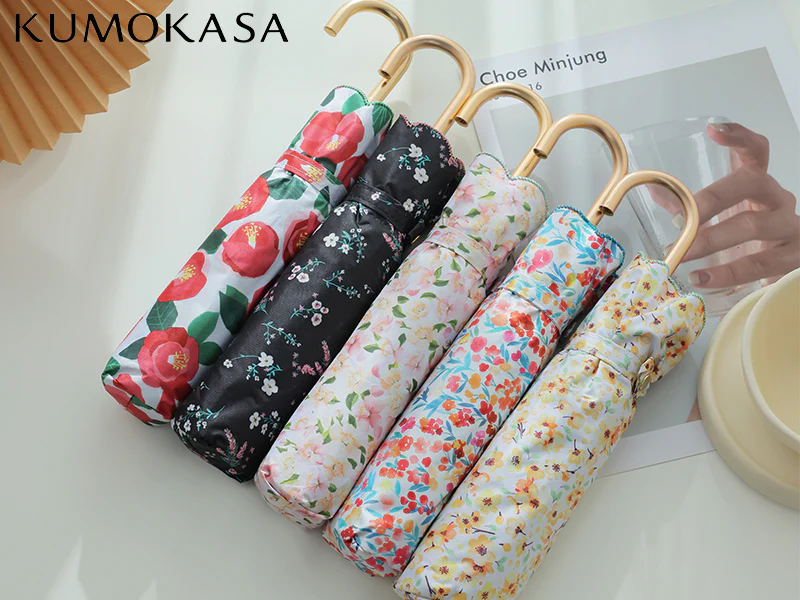If you’re serious about learning the art of jewelry making, picking the right school is a big deal. You’re not just looking for a place to take a few classes; you want an environment that builds real skills, supports creativity, and helps you grow into the kind of maker you want to be.
So, what actually makes a jewelry school great? It’s not just fancy tools or a polished website. The things that matter most often show up behind the scenes in how the instructors teach, how the classes are run, and how students are supported.
Let’s take a closer look at the key things to look for before signing up.
Table of Contents
1. The Instructors Actually Know Their Stuff
This one sounds obvious, but it’s often overlooked. Great jewelry schools are run by people who have actually worked in the field, not just taught in it. You want instructors who understand the craft on a technical level, but also get what it takes to succeed in the real world.
Ideally, they’ve had their hands on real projects, sold their own work, or worked in a studio. But more importantly, they know how to explain techniques clearly and help you troubleshoot when things go wrong (because they will go wrong — that’s part of learning).
2. The Curriculum Doesn’t Waste Your Time
You shouldn’t feel like you’re stuck repeating the same thing for weeks or left guessing what you’re supposed to be learning next.
A strong program has structure, but it’s not rigid. It gives you a foundation, introduces new techniques at a good pace, and builds on what you’ve already learned. You should leave feeling like your skills have actually progressed, not like you were just keeping busy.
The best curriculums mix hands-on practice with design thinking and technical knowledge. That way, you’re not just learning how to make something, you’re learning how to make something well.
3. Past Students Have Good Things to Say
Word of mouth goes a long way. If a school consistently earns positive reviews from former students, that’s usually a strong sign that they’re doing something right.
If you’re comparing options, take a look at what people are actually saying. The most positively reviewed jewelry school isn’t just the one with the highest star rating; it’s the one where students talk about feeling supported, challenged, and proud of what they learned.
Look beyond comments like “it was fun” or “nice location.” Do the reviews mention helpful instructors? Useful feedback? An inspiring learning environment? When those things come up again and again, pay attention. That’s the stuff that matters.
4. You Actually Get to Make Things
This might sound silly, but some programs still lean too heavily on lectures or demonstrations, without enough time at the bench. Jewelry making is hands-on by nature. If you’re not spending most of your time working with tools, something’s off.
The learning comes from doing. Yes, it’s helpful to watch someone demonstrate a technique, but the muscle memory and problem-solving skills only show up when you try it yourself. And mess it up. And try again.
A good school gives you the space (and time) to make that happen.
5. Classes Are Small Enough for Real Feedback
Ever been in a class so crowded you had to wait twenty minutes just to ask a question? That doesn’t work when you’re learning a craft like this.
The best programs keep class sizes small, or at least manage them well enough so that everyone gets proper attention. You’ll want one-on-one time with your instructor, not just to get help when something isn’t working, but to fine-tune your technique and get feedback that helps you improve.
It’s also easier to connect with classmates in a smaller group, which makes the whole experience more enjoyable. Creative work can feel vulnerable, and having a tight-knit environment helps a lot.
6. It Feels Supportive, Not Intimidating
This one’s harder to measure on a brochure, but it makes a massive difference. The best jewelry schools feel welcoming. You’re allowed to ask questions, try weird ideas, and even fail, without being embarrassed about it.
Watch out for environments that feel overly competitive or high-pressure. The goal is to grow your skills and develop your voice, not to feel like you’re constantly being compared to everyone else.
You should feel encouraged to experiment. You should be able to learn from mistakes. And you should leave each class feeling more confident than when you walked in.
7. There’s Help for What Comes Next
This part often gets skipped, but it shouldn’t. A great school isn’t just focused on what happens during class time. It also prepares you for what’s next in terms of your career.
That might mean help building a portfolio, guidance on setting up a workspace at home, or even conversations about pricing your work if you plan to sell. Some programs introduce students to local galleries or invite guest speakers from the industry. Others offer mentorship or continued access to studios after graduation.
Whatever the format, the important thing is this: they’re thinking beyond the course itself and helping you figure out how to keep growing once it’s over.
Pick a Place That Sets You Up for More Than Just a Certificate
At the end of the day, the right jewelry school should do more than teach you how to use a torch or polish a ring. It should challenge you, support you, and open up possibilities you hadn’t even considered yet.
You want to leave with confidence in your craft, not just because you completed a checklist of techniques, but because you actually understand what you’re doing and where you want to go next.
So when you’re researching schools, keep your eye on the things that matter most: real experience, real feedback, and real support.
That’s what turns a jewelry course into a launchpad.



